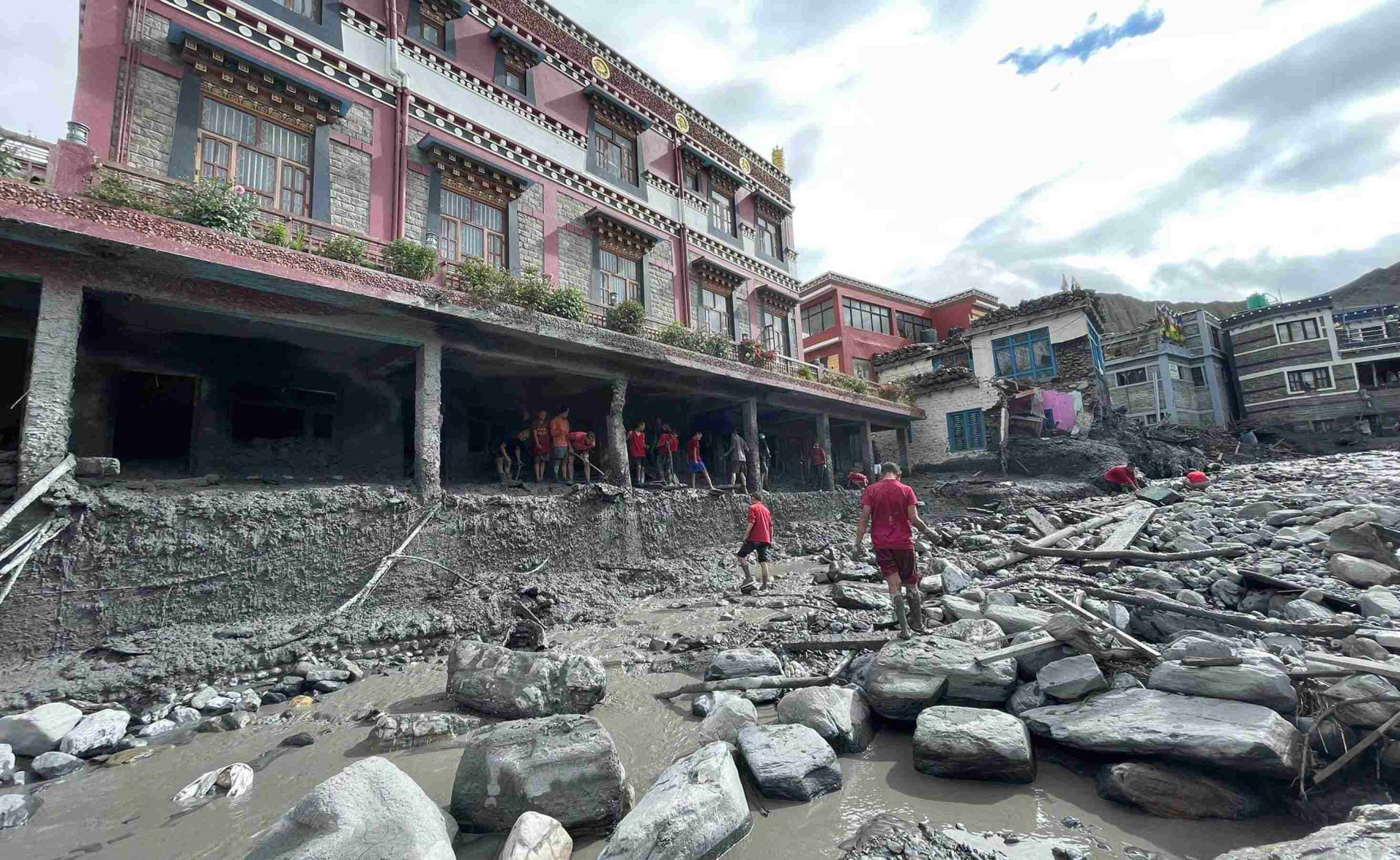Emergency Disaster Services
VCN is always on ground with Act First strategy whenever the nation faces any disaster through its “Districts Disaster Response Team” trained by the Armed Police Force. Focusing on our Emergency Disaster Services: Rescue, Relief and Rehabilitation, adapted to the specific needs of individuals and communities, our programs are designed to incorporate preparedness, Response, Recovery and Mitigation. Working with the recovery and mitigation phases is equally critical in ensuring resilient communities. VCN has implemented a number of successful recovery projects.
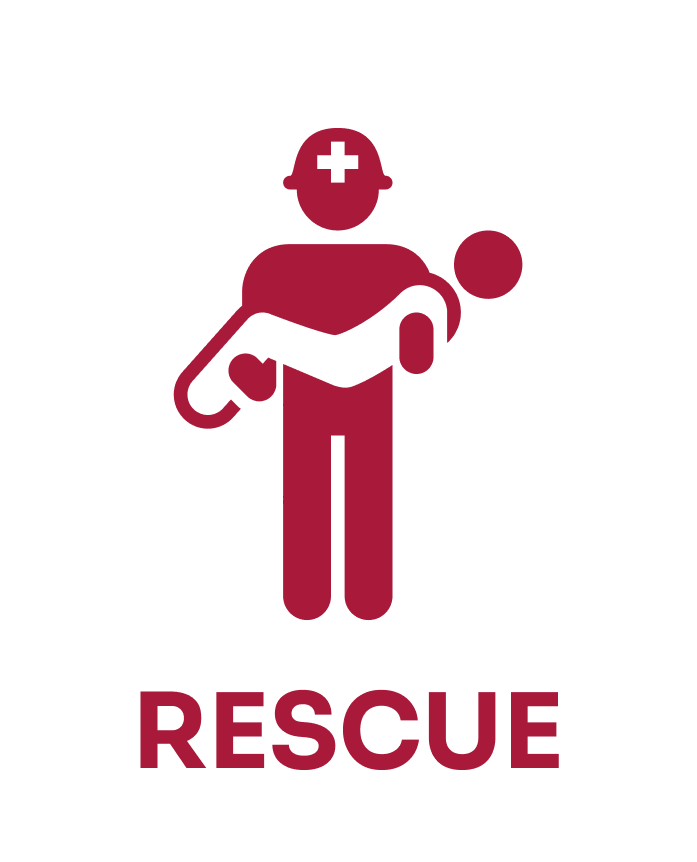
“Act-First" is our strategy, underscoring immediate action in response to national disasters like floods, landslides, earthquakes, fires, or road accidents. VCN swiftly mobilizes expert rescue volunteers who are committed to saving lives—both human and animal—within 24 hours. This dedicated team conducts search and rescue missions equipped with specialized gear to locate and extract individuals in peril. They organize safe evacuations, ensuring people and animals are moved to safety, while also delivering vital first aid to stabilize injuries and medical conditions.
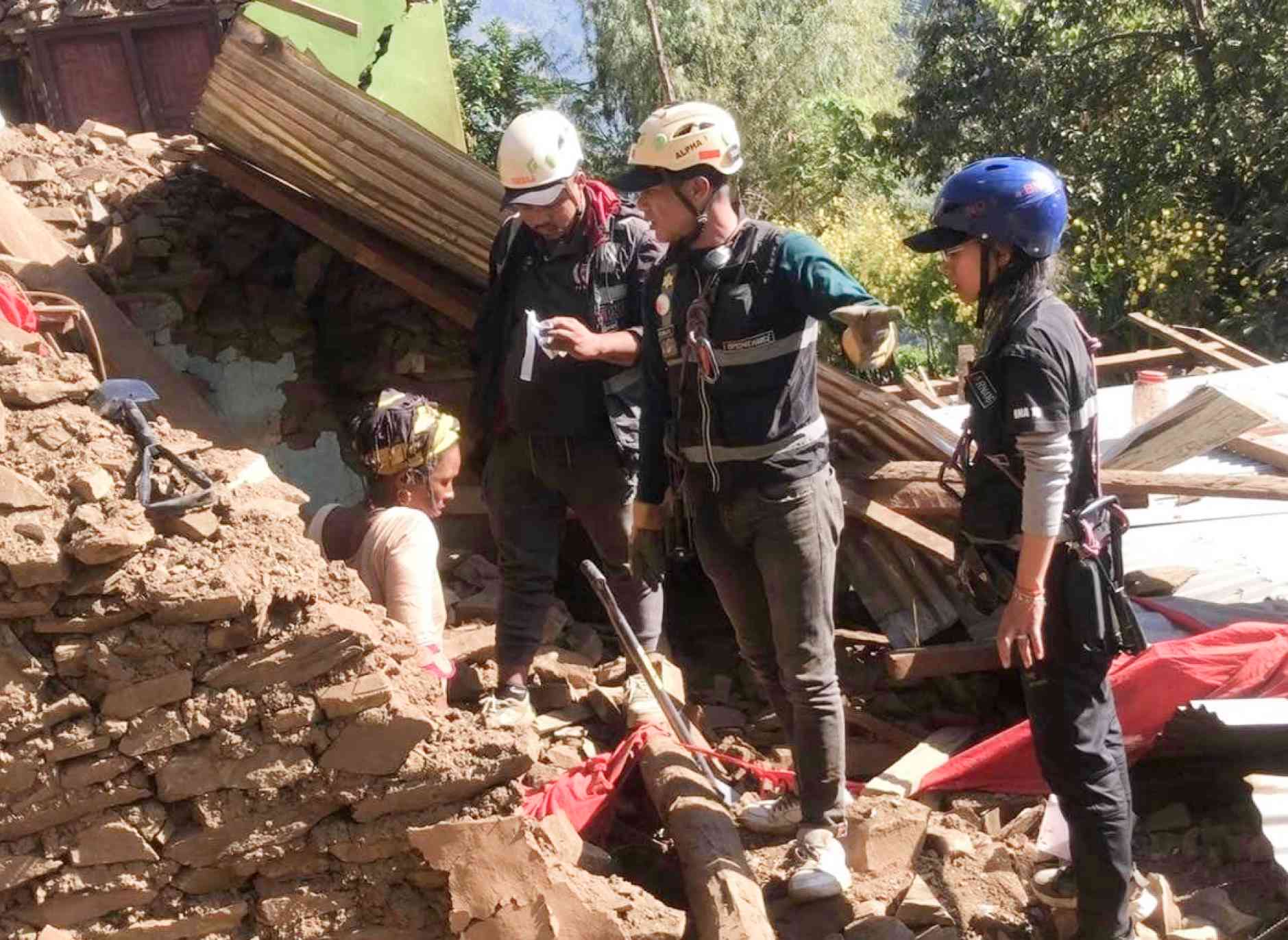
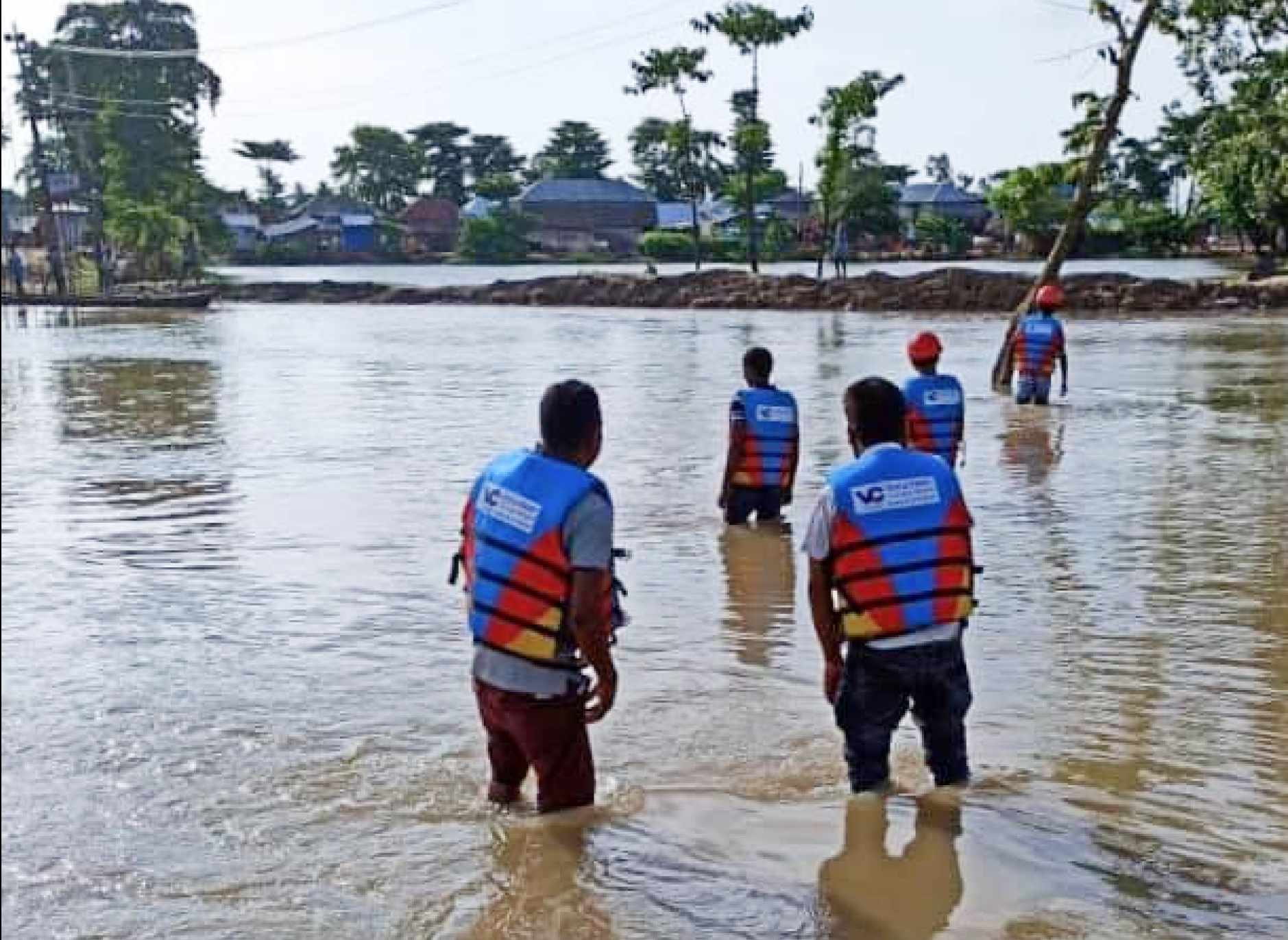
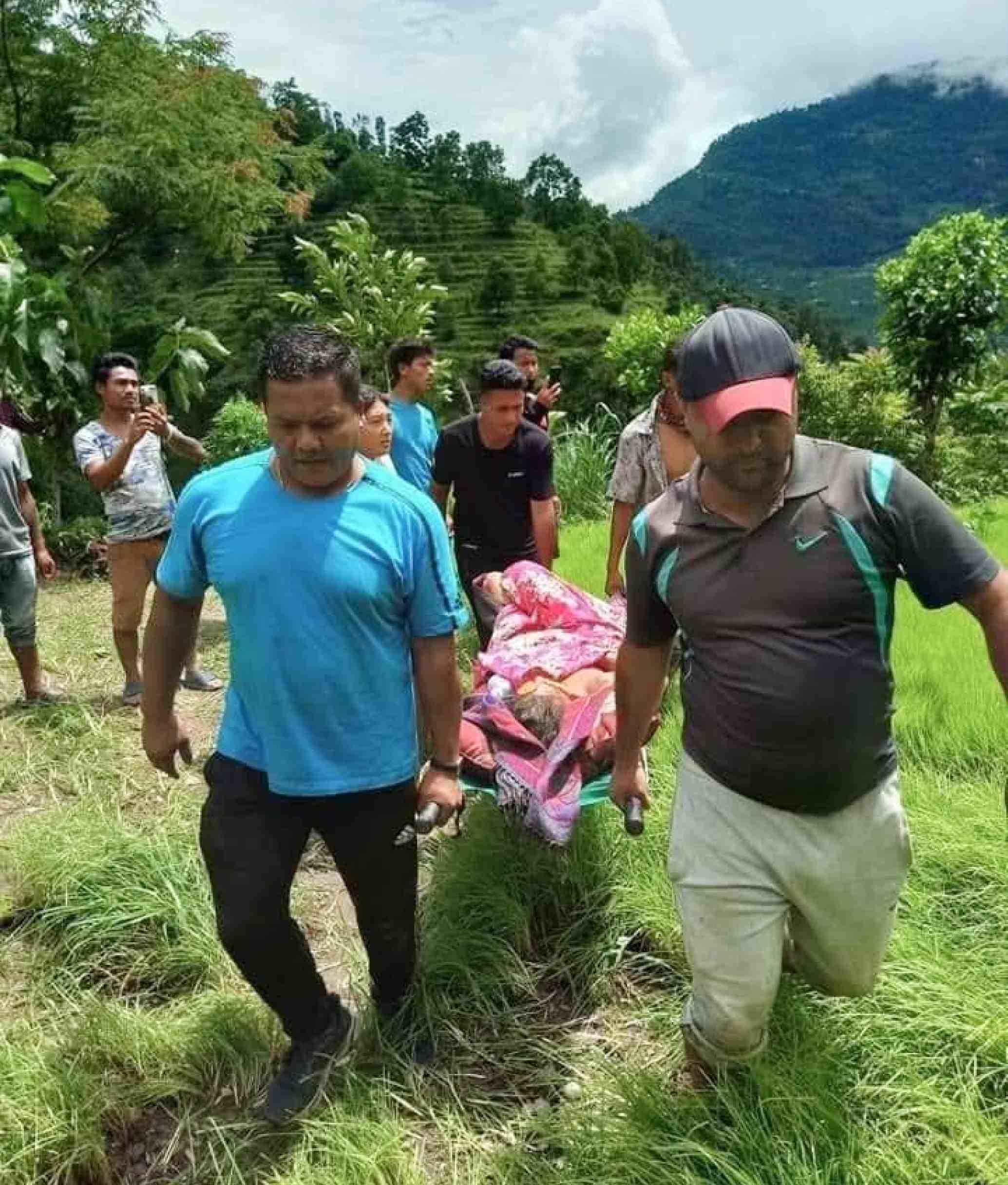
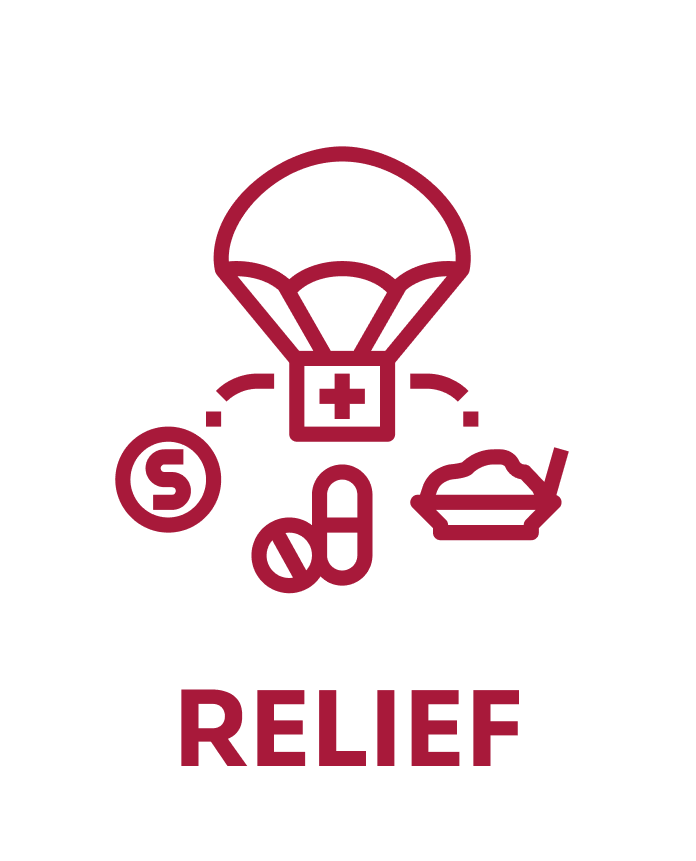
VCN's relief program, under the thematic area of Emergency Disaster Service, is committed to fulfilling basic human needs by delivering essential aid through both food and non-food items. Our mission is to swiftly address the urgent requirements of commu
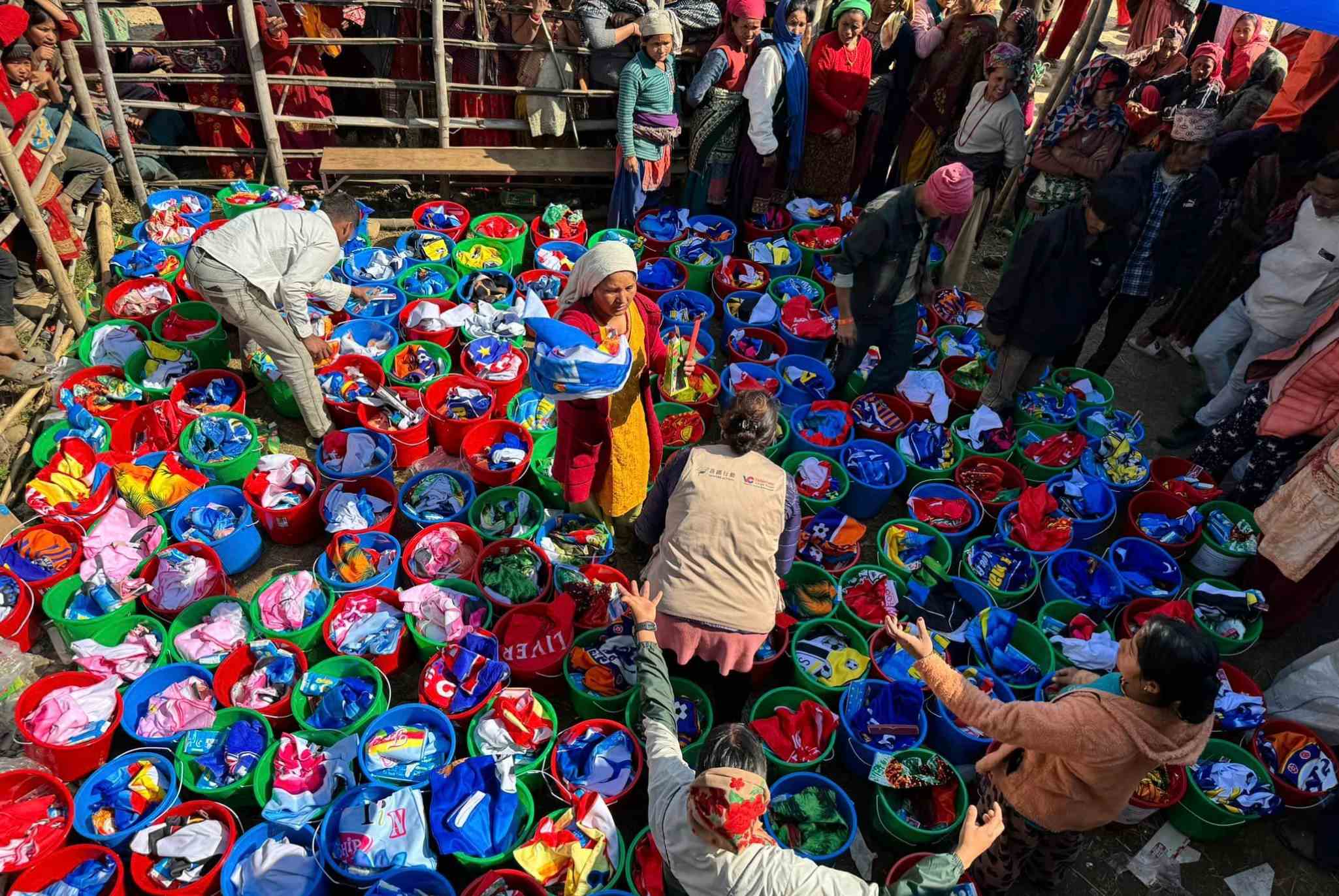
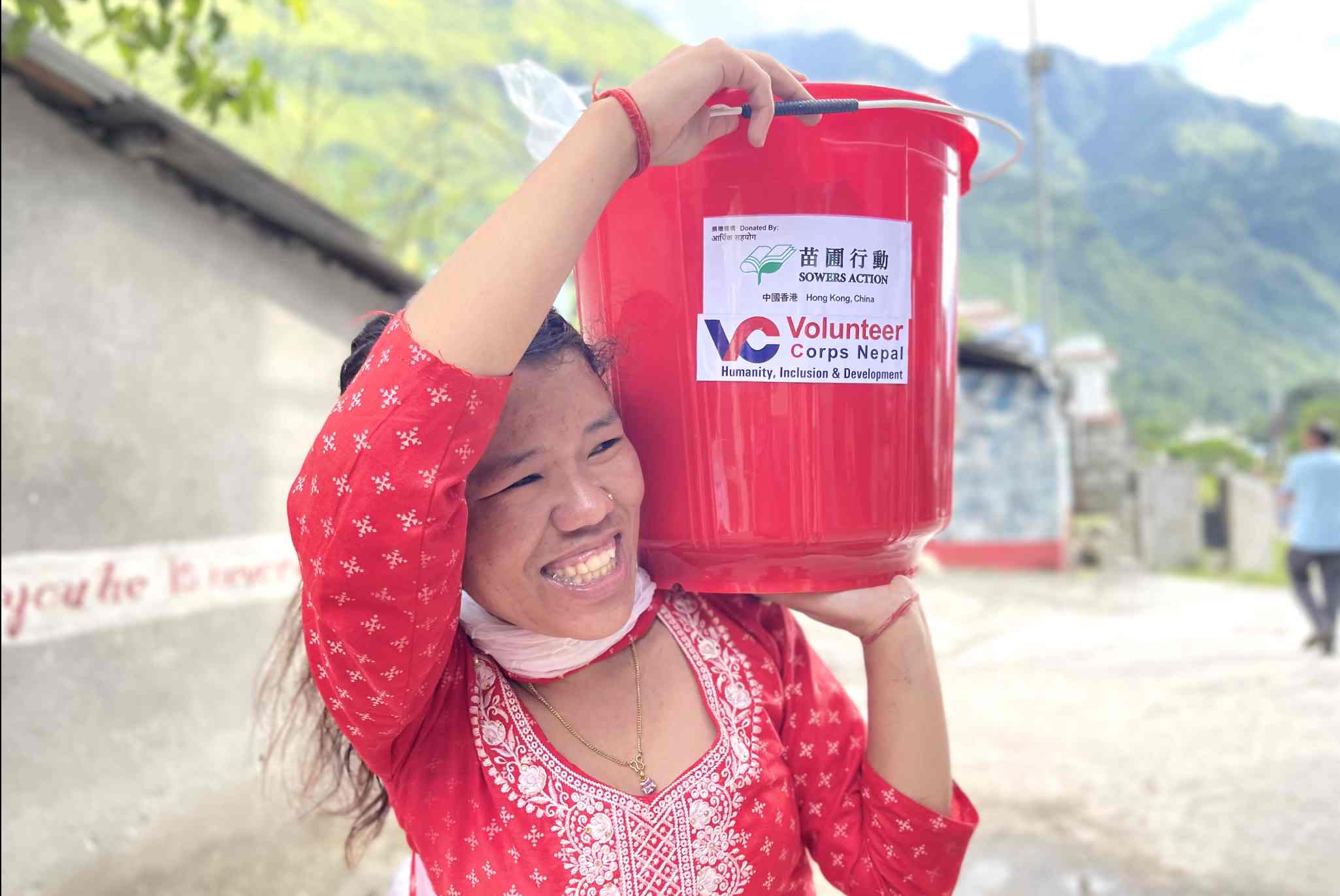
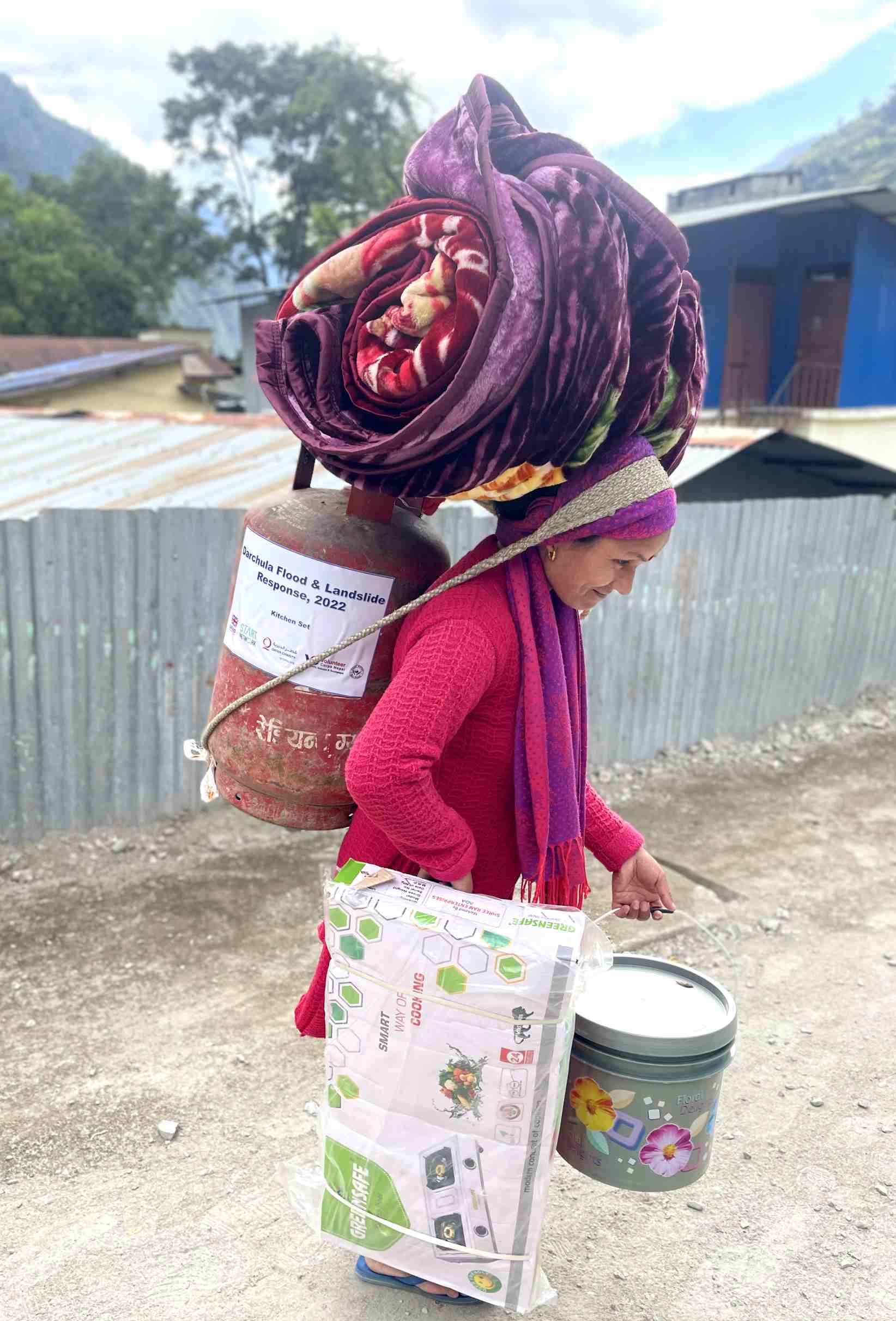
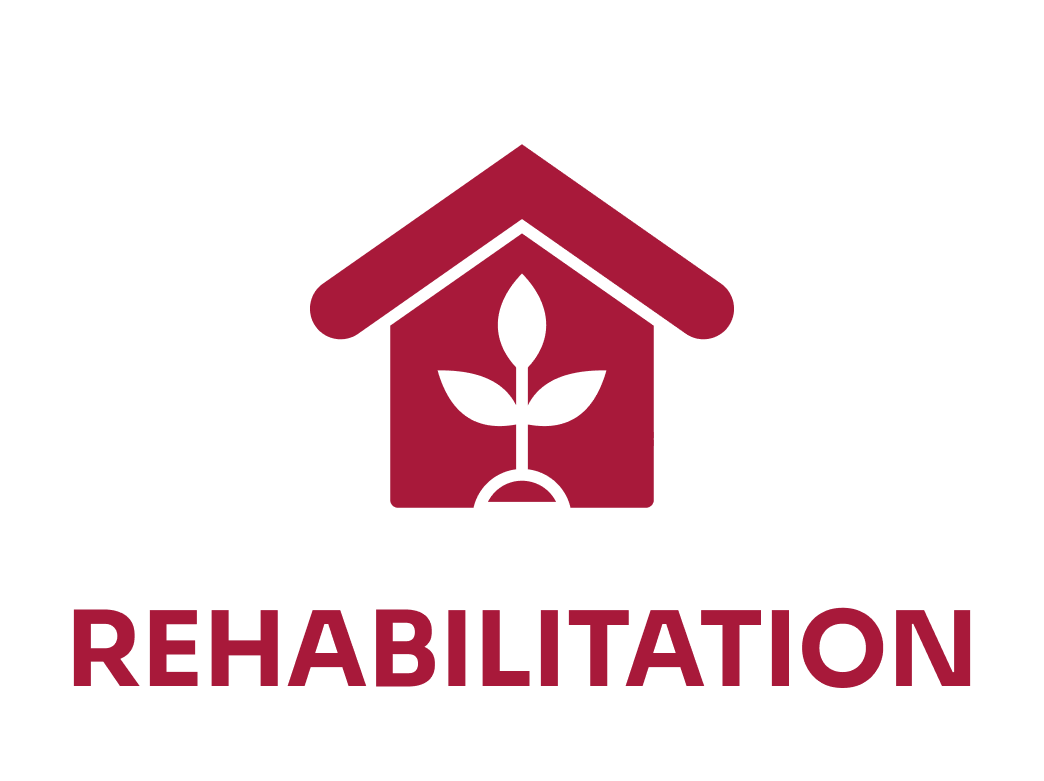
VCN’s rehabilitation program swiftly restores health, education, livelihoods, shelter, and WASH facilities in post-disaster. Through community rebuilding and revitalization efforts, we enable full recovery and bolster community resilience against future challenges. Our short-term efforts provide essential support like tents, tarpaulins, food aid, water purification systems, medical equipment, and educational supplies. In the long term, we construct operational shelters, health facilities, schools, water systems, sanitation facilities, and agricultural programs to restore normalcy and sustainability to communities.
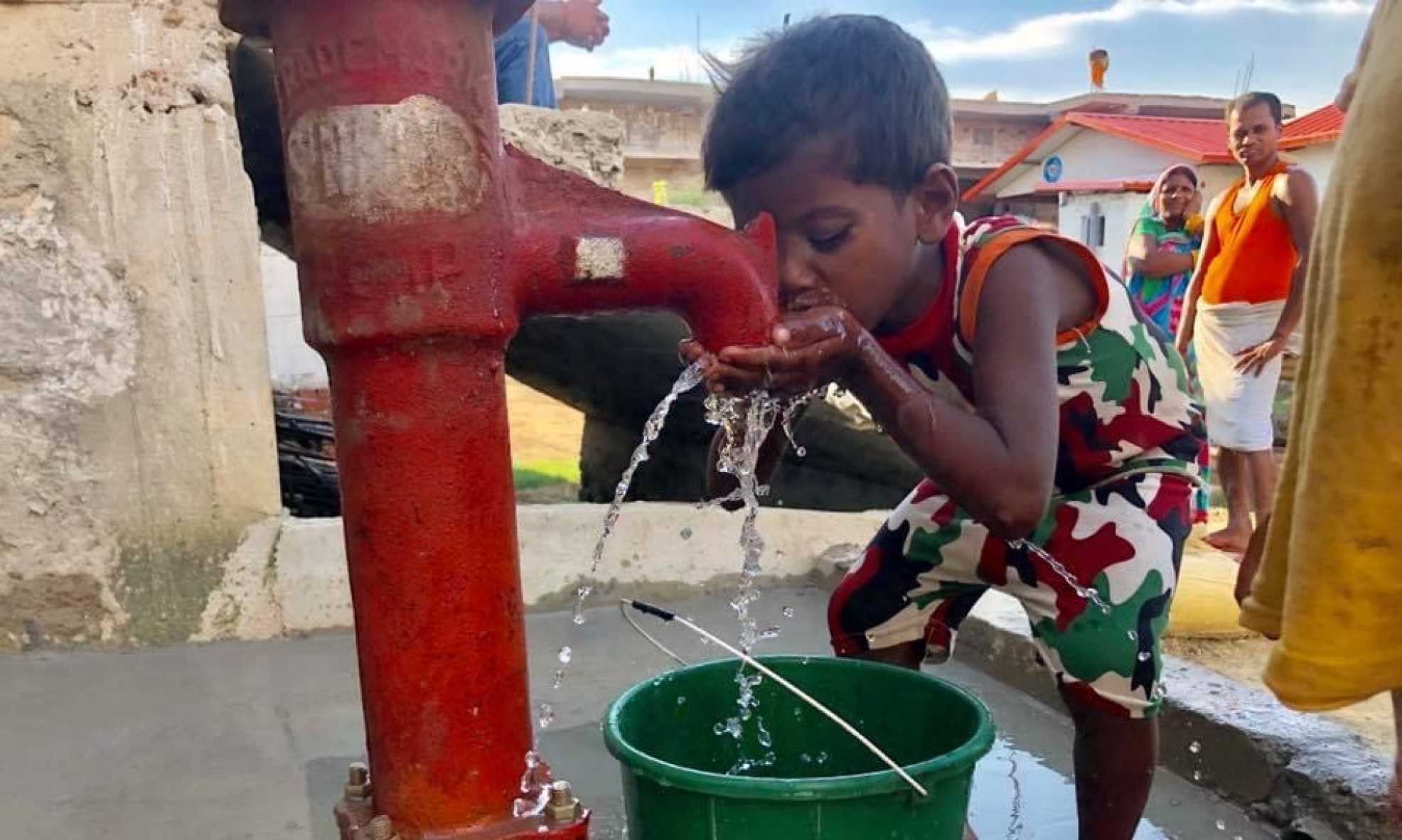
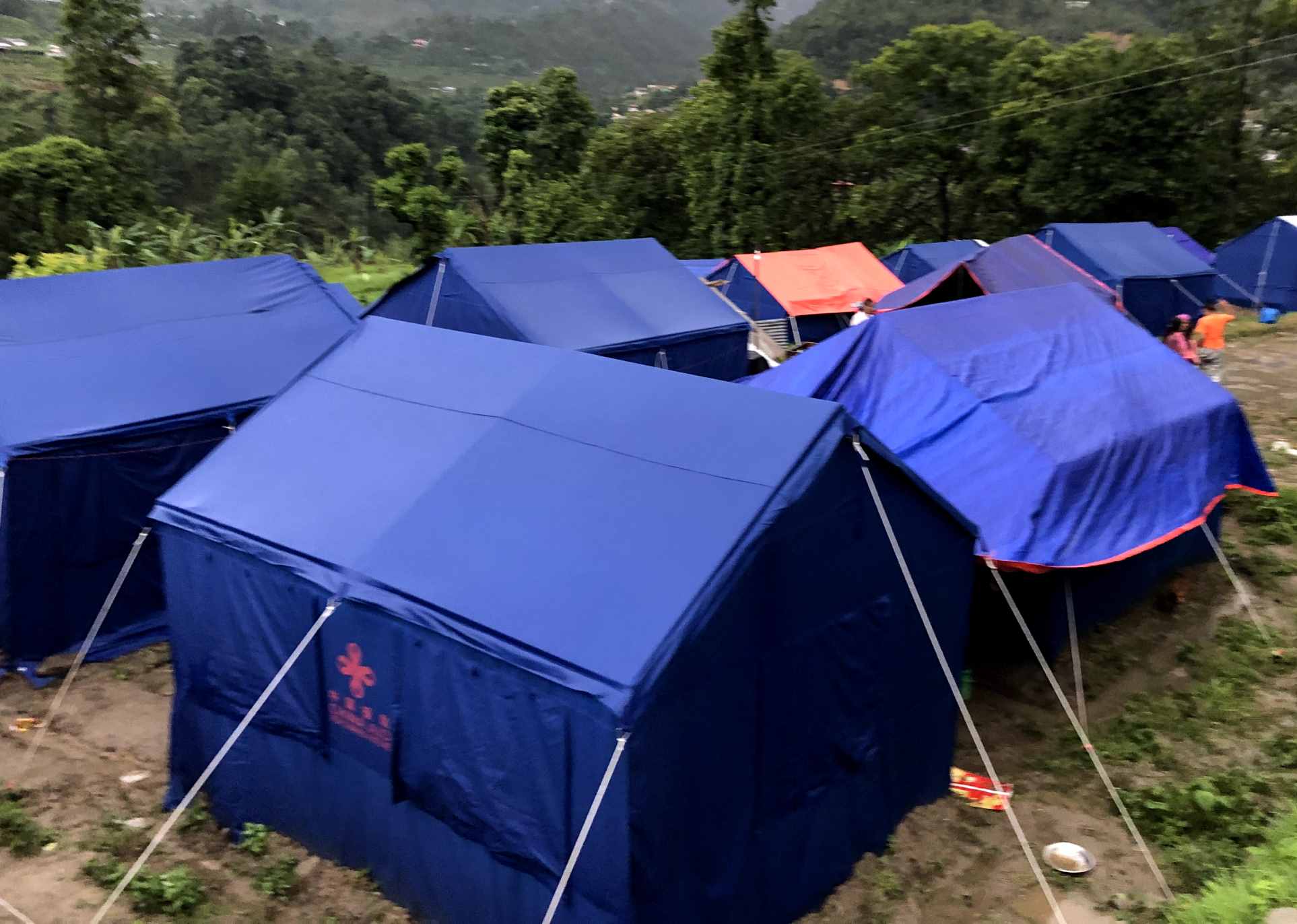
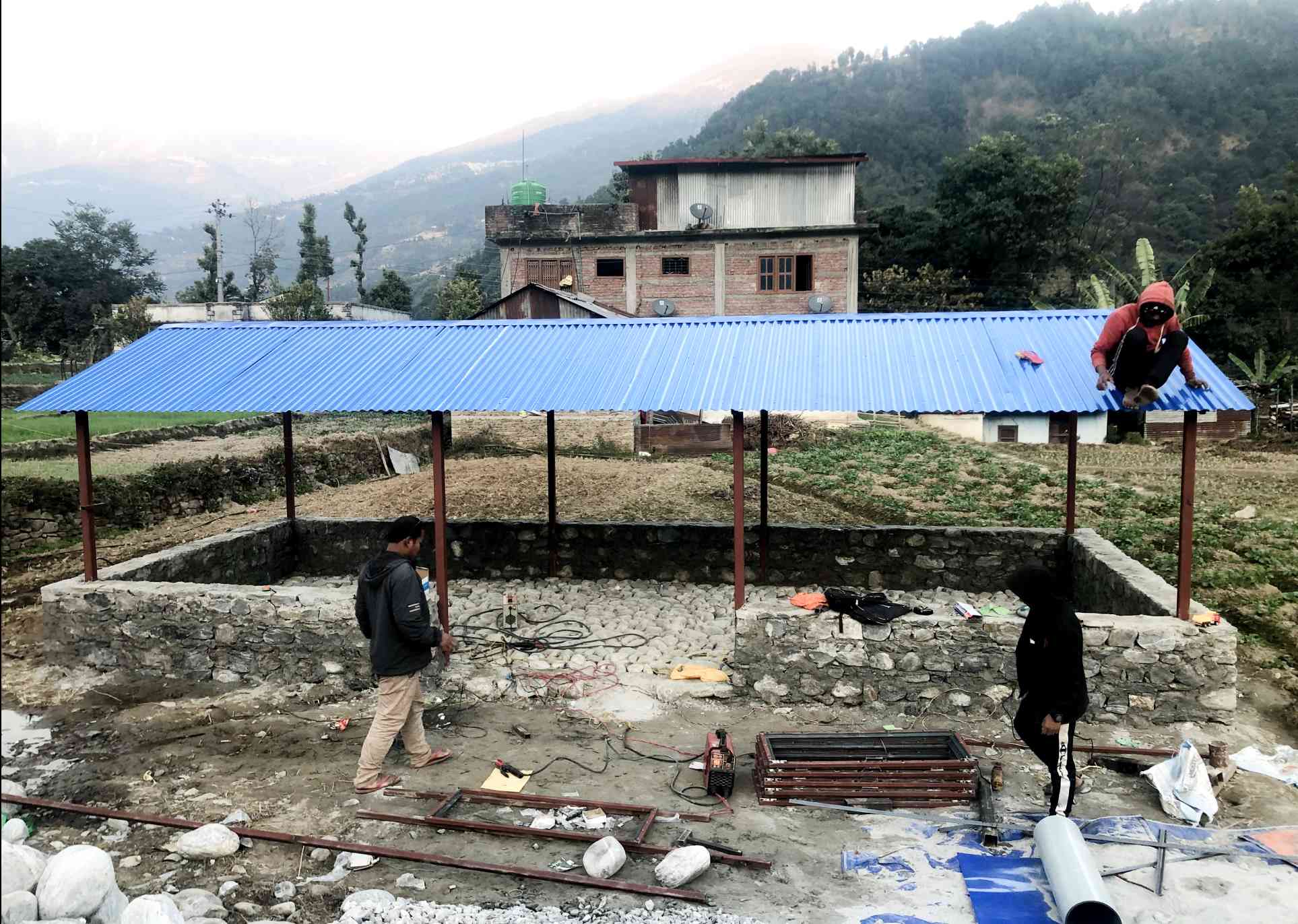
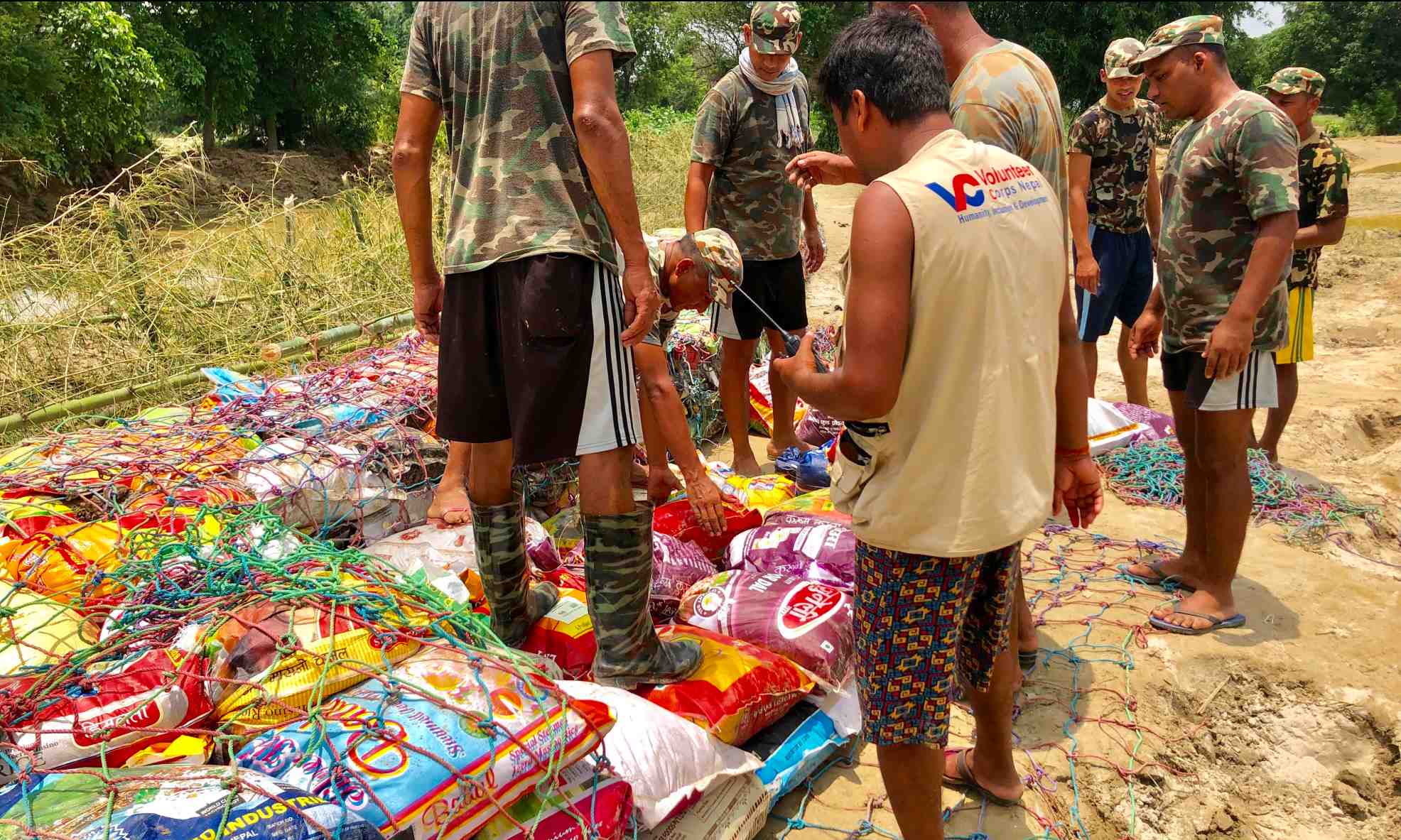
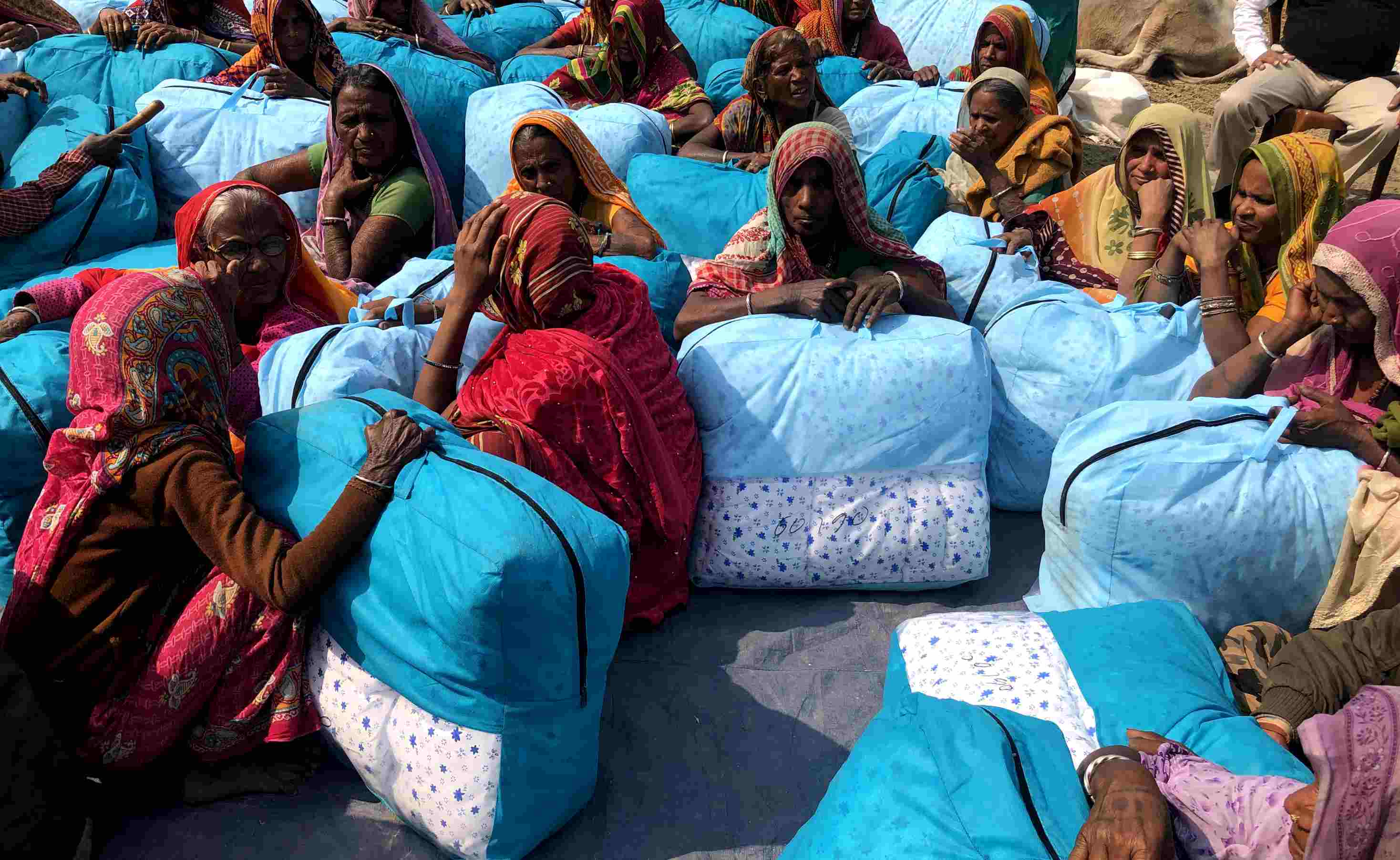
Anticipatory Action
The growing disaster risk emphasized the need to strengthen disaster preparedness for response, take anticipatory action, and ensure capacities are in place for effective response and recovery at all levels. The recovery, rehabilitation, and reconstruction phases offer critical opportunities to build back better by integrating disaster risk reduction into development measures. Anticipatory action in Disaster Risk Reduction and Management (DRRM) involves taking proactive measures before a disaster strikes to mitigate its impact and enhance preparedness. This approach aims to better prepare communities for potential dangers, reduce the impact of disasters, and ultimately enhance the economic, social, health, and cultural resilience of individuals, communities, countries, and their assets, as well as the environment.
Climate Change
Climate change profoundly impacts Nepal's diverse landscapes and communities, exacerbating challenges in this mountainous country. Rising temperatures accelerate glacier melt in the Himalayas, increasing the risk of glacial lake outburst floods (GLOFs) and endangering downstream communities. Melting glaciers and changing weather patterns, marked by both droughts and heavy rainfall, underscore the urgent need for comprehensive strategies. These include climate-resilient infrastructure, sustainable agriculture practices, and robust disaster management systems. National efforts to reduce greenhouse gas emissions are essential in mitigating these impacts.
